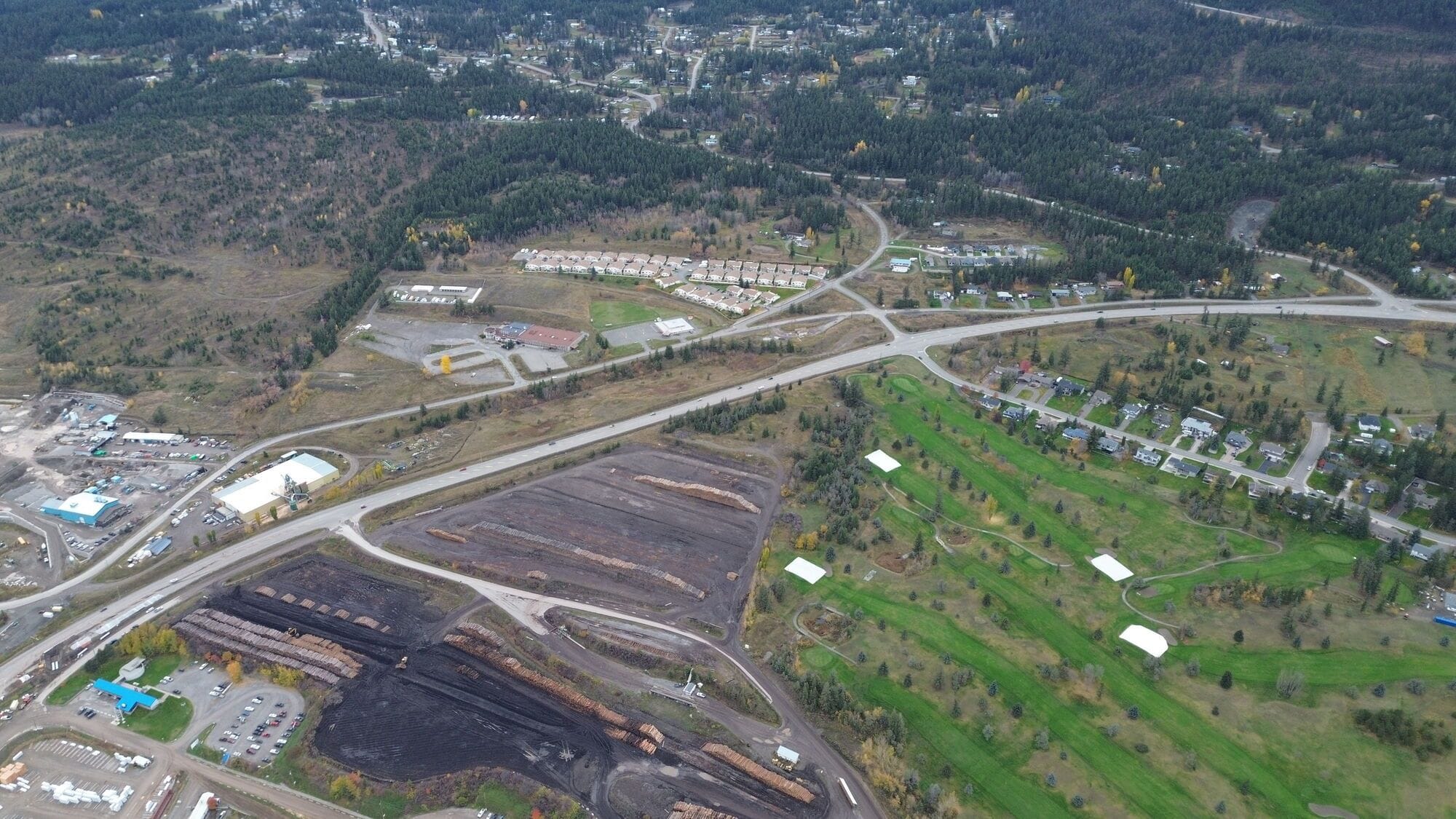Getting to knowImpacts on Transportation Infrastructure

Overview
networks are critical connecting communities with each other, the land, and the supply chains that provide food, commodities, health care, education, and just about every other service and activity people rely on in modern life.
While the average age of roads over the last 20 years has been relatively steady, over 40% of roads are in fair or poor condition. Road maintenance is a primary focus for municipalities; with the average useful life of roads between 20-40 years (CIRC 2019), and continued population movement from rural areas to more urban centres, ongoing development in urban centres is required to meet the needs of this displaced population, leaving rural communities with decreasing populations and lower tax revenue to address aging road networks for the populations that remain. to road infrastructure from climate hazards include damage to the condition of transportation infrastructure (including road condition, traffic controls and lighting, and water crossing infrastructure such as bridges and culverts), and physical barriers restricting access to the road (i.e. high floodwaters, debris, fire).
This page provides an overview of the direct (tangible, physical damage caused by a climate on infrastructure) and indirect (tangible and intangible secondary/cascading effects) impacts of climate change hazards on transportation networks for many Canadian communities.

Photo credit / crédit photo: Canadian Infrastructure Report Card (CIRC), 2019

Photo credit / crédit photo: Canadian Infrastructure Report Card (CIRC), 2019
Direct Impacts - Flooding
Direct Impacts - Extreme Heat
Direct Impacts - Wildfire
Direct Impacts - Permafrost Thaw
Indirect Impacts
References
Canadian Infrastructure Report Card (CIRC). 2019. canadianinfrastructure.ca
Eyquem, J. L, and B. Feltmate. 2022. Irreversible Extreme Heat: Protecting Canadians and Communities from a Lethal Future. Intact Centre on Climate Adaptation, University of Waterloo.
Rantanen, M., Karpechko, A.Y., Lipponen, A. et al. 2022. The Arctic has warmed nearly four times faster than the globe since 1979. Commun Earth Environ 3, 168.. https://doi.org/10.1038/s43247-022-00498-3




